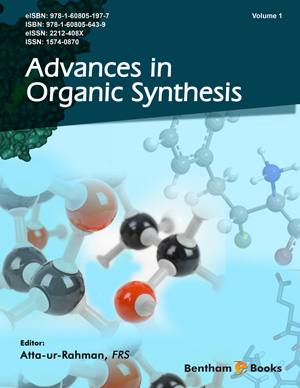Abstract
Essential oils are secondary metabolites that are produced by a variety of
medicinal plants. These are mostly composed of a blend of terpenic hydrocarbons and
oxygenated derivatives like ketones, alcohols, epoxides, aldehydes, and esters. These
are insoluble in water but are soluble in ether, alcohol, and fixed oils. The majority of
these volatile oils are liquid and colourless at room temperature. The majority of the
components found in essential oils are from the terpene family and are concentrated in
the cell secretions of specific plants. The chemical makeup and positioning of
functional groups on molecules affect the mechanism of action of essential oils. When
it comes to their antibacterial activity, essential oils' chemical makeup influences how
they work. The content is about several essential oils, such as lavender oil, which has
antibacterial and antifungal properties due to its primary ingredients, linalool and βocimene. Both anti-inflammatory and antibacterial properties can be found in
eucalyptus oil, which contains the primary ingredients 1,8 cineole, cryptone, p-cymene,
and pinene. Sulphur molecules found in garlic essential oils are effective in preventing
cancer. In order to confirm the safety and effectiveness of essential oils, more clinical
trials are obligatory. Essential oils possess the ability to be employed as defensive as
well as therapeutic agents for a variety of ailments.
Keywords: Constituents, Essential oil, Efficacy, Metabolites, Terpene.






















